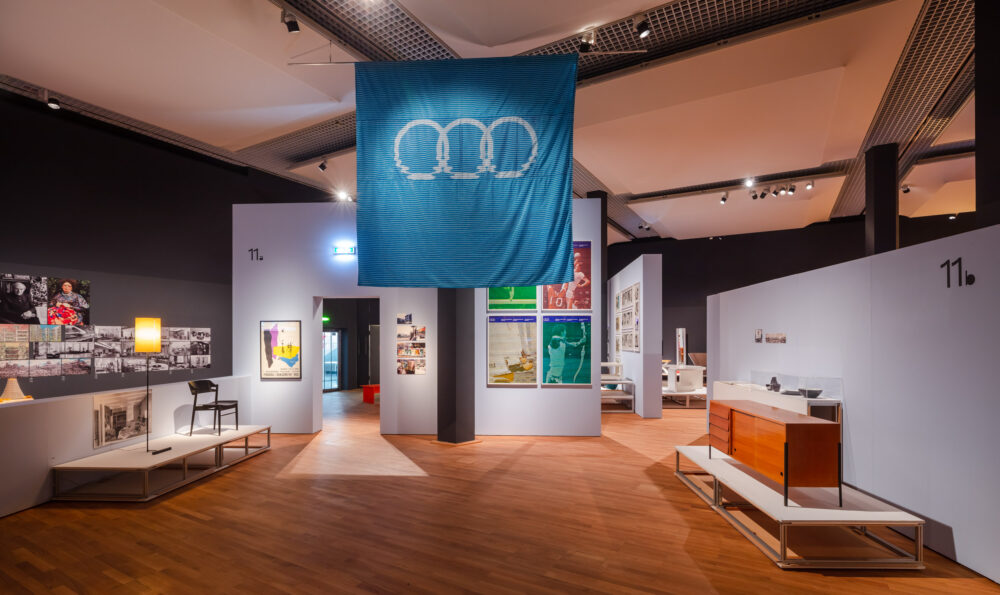Mediterranean Games. A visionary visual identity
The death of Josip Broz Tito in 1980 symbolically marked the end of the socialist utopia in Yugoslavia. The utopian ambition to change the world, partly reflected in Yugoslavia’s still leading (albeit faltering) position within the Non-Aligned Movement, was also manifested in the radical approach to designing a visual identity for the 1979 Mediterranean Games and its host city, Split. Although lacking the recognition of the Olympic Games, the 8th edition of the Mediterranean Games was presented as a strategic project that required (in addition to significant investments in urban infrastructure) a strong overall visual design. The context of this assignment gave an exceptional impetus to this ambitious project, driven by a clear desire to forever transform the standards and priorities of graphic design in Croatia, Yugoslavia, and beyond.
The foundation and starting point of the project was the event logo designed by Boris Ljubičić (b. 1945), who took direct inspiration from the Olympic logo. He took three of its colourful rings and transformed them into three monochrome rings symbolizing the three participating continents (Asia, Africa, and Europe), distorting them as if they were sinking into the blue of the Mediterranean, the sea that connected the continents. At the time, such a distortion could not be achieved with ordinary drawing tools, so a piece of corrugated glass was placed over a pattern of circles in order to create a photograph that formed the basis for the final graphic result. This logo ultimately transcended its original purpose (as a symbol for the 8th Games in Split) with the 10th Games in Latakia, having been officially adopted as the permanent symbol of every Mediterranean Games since then.
Manufactured through a special printing method, the official flag of the 8th Mediterranean Games in Split later became a permanent ceremonial object used at the opening of every edition. The logo’s horizontal distortions were reflected in the raster-line effect seen in the poster series promoting the 1979 Games. The graphics manual prepared and disseminated for that event has been internationally referenced and analyzed many times, and even today, it enjoys a legendary status as the first brand manual in what was once Yugoslavia.
